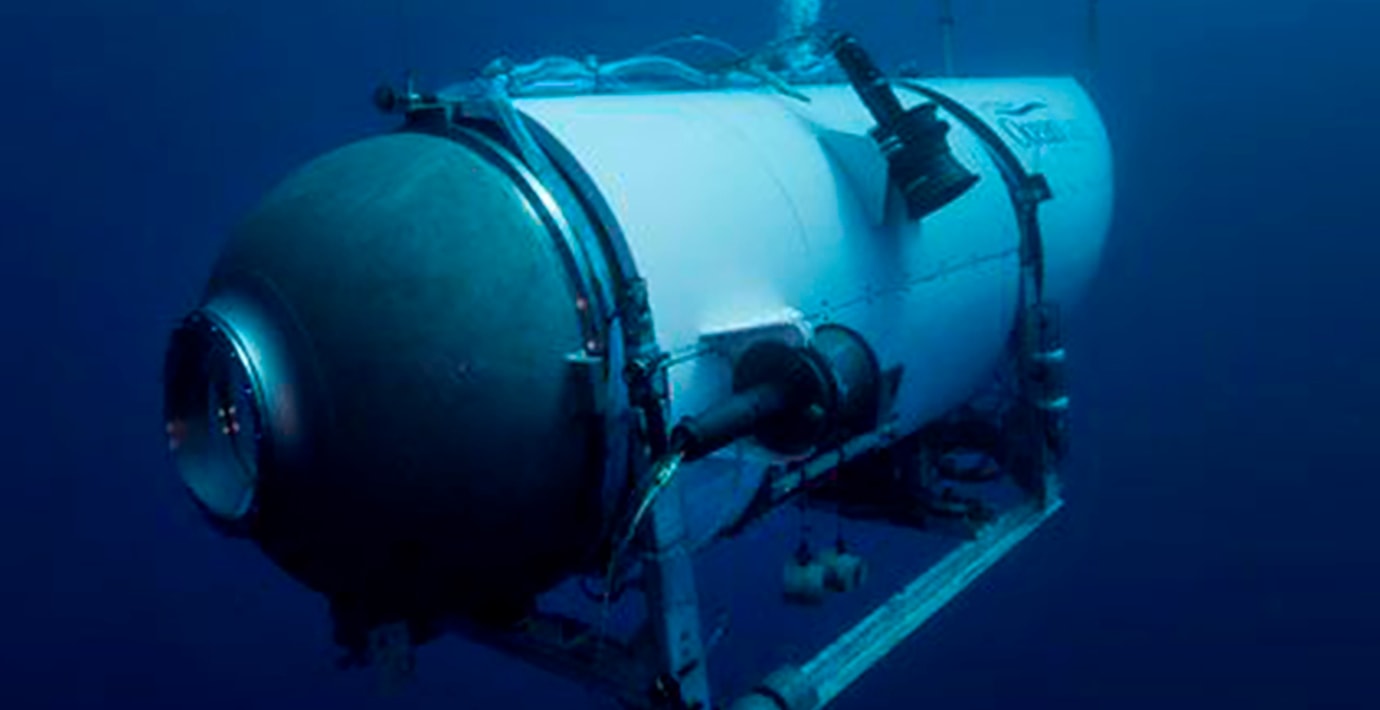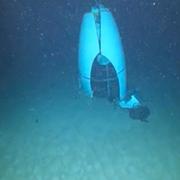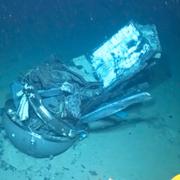
Frågan som återstår: Förstod de att de skulle dö?
Drygt ett år efter att undervattensfarkosten Titan imploderade på väg ner till Titanics vrak återstår fortfarande flera grundläggande frågor om olyckan. Det skriver BBC med anledning av stämningen mot företaget Oceangate.
En fråga, och den kanske svåraste för de anhöriga, är huruvida besättningen förstod att något gått snett och att de skulle dö. En annan är varför Oceangate ignorerade varningar om Titans säkerhetsproblem. Djuphavsforskaren Victor Vescovo säger till BBC att han avrådde flera i besättningen skarpt från att resa med Titan, inklusive sin vän Hamish Harding som var en av dem som dog ombord.
– Jag sa till honom, i otvetydiga ordalag, att han inte skulle gå ombord.
Ytterligare en fråga som ännu inte fått svar är vad exakt på Titan som havererade. Enligt BBC fanns flera svagheter med undervattensfarkostens konstruktion, bland annat dess form och material.

